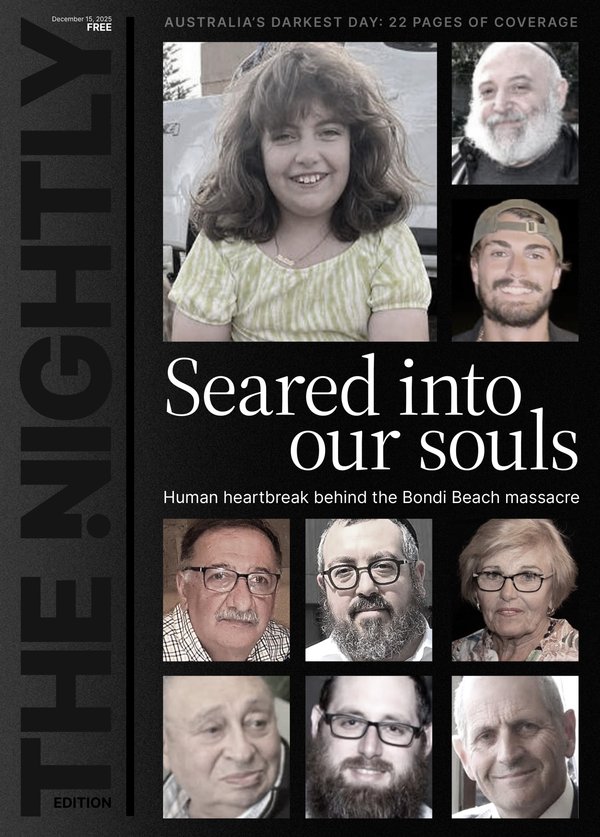Prime Video’s ‘hub’ ambitions in new competitive streaming space
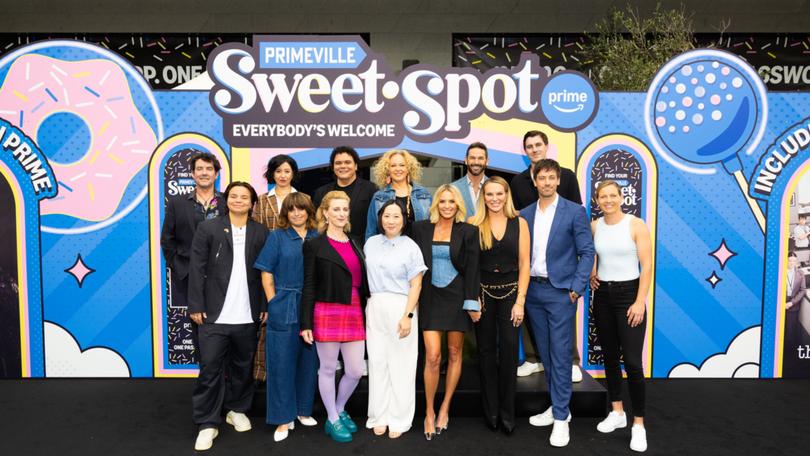
At SXSW Sydney, Amazon Prime Video has set up a large activation inside the Fratelli Fresh restaurant called Primeville.
It did this last year too with visitors walking through set-ups that showcased the streaming platform’s most recognisable titles, including Gen V, a spin-off series from The Boys.
This year, it’s a bit different. Yes, there’s a recreation of a set from the upcoming Australian version of The Office and there are The Rings of Power costumes on display. Those are to be expected, they’re Prime originals.
Sign up to The Nightly's newsletters.
Get the first look at the digital newspaper, curated daily stories and breaking headlines delivered to your inbox.
By continuing you agree to our Terms and Privacy Policy.But what you may not have expected to see, and what certainly was not present 12 months ago are displays from rival studios. There’s a “glam zone” sponsored by Hayu, featuring references to the various Housewives franchises. There are also yellow Minions running around, which are characters owned by Universal.
The event also featured stars from these disparate brands. This melding of different interests might seem counterintuitive. Why would Prime promote its competitors?
It all has to do with the new watchword of the streaming industry: hub.
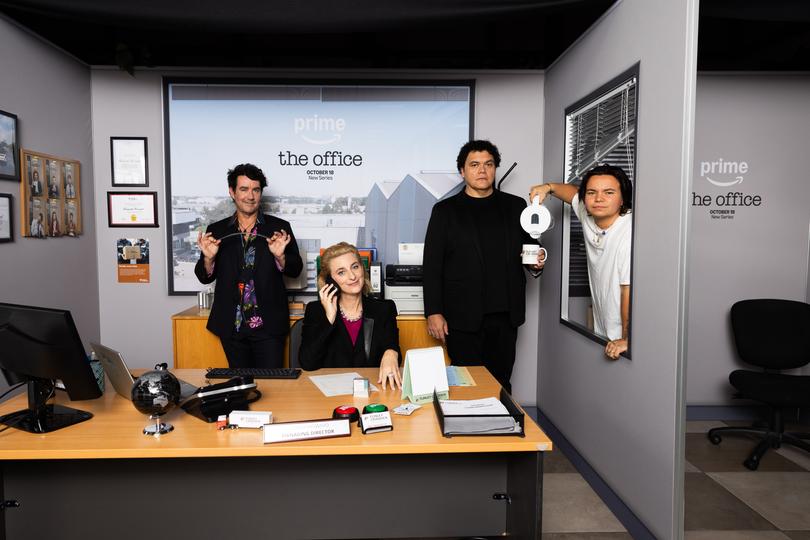
Everyone is into hubs, which bring together various brands in one platform or app so that audiences can use universal search and, in some cases, unified billing, to find what they want regardless of which service it’s on.
The idea is that you’ve heard of this new show and instead of doing an internet search to find out which streamer has it, and then logging onto that individual app, it’s all in one place.
Prime’s hub has all of its titles which include buzzy shows such as Fallout, Mr & Mrs Smith and Deadloch, and it has partnerships with Paramount+ (A-League, Yellowstone spin-offs 1923 and 1883), Hayu (Housewives) and Britbox, and will soon add Apple TV+, which announced a global alignment earlier this week.
There are also digital rental and purchase titles available through transactional video-on-demand, such as Despicable Me 4.
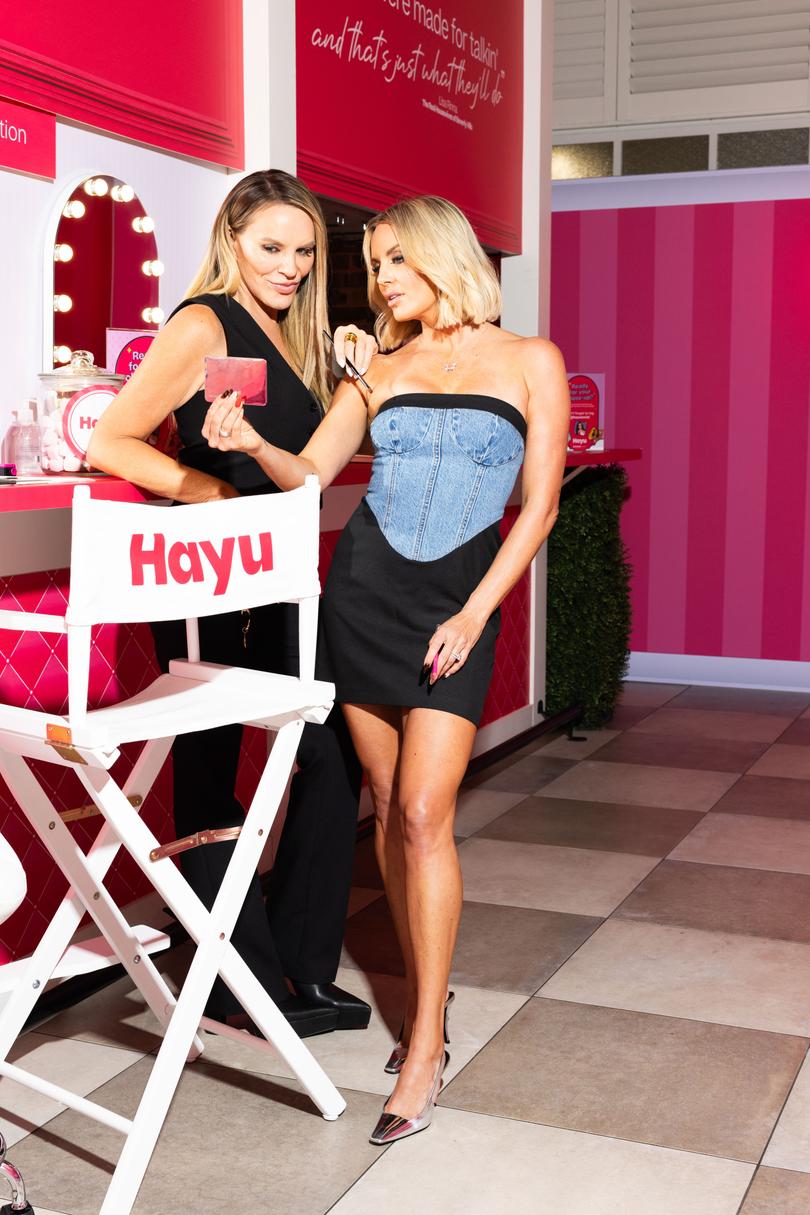
“(Hub) is a big word for us, it’s an exciting word,” Hwei Loke, head of Prime Video Australia and New Zealand, told The Nightly. “It’s overwhelming how much content is out there. It couldn’t be a better time to be a consumer.”
Loke said Prime wants to be the “one-stop shop” for audiences, acknowledging that it’s been difficult for people to find what they want to watch when it’s fragmented.
“So, it’s kind of a holistic experience, you don’t really need to go anywhere else.”
Of course, what Prime doesn’t have, yet, are some of the most popular services in the country – Netflix, Disney, Stan and Binge. None of these brands are part of Prime’s “tier one” launch partners, but Loke said, “We’re always open to conversations with partners and we have ongoing conversations with a lot of streamers out there”.
The Australian streaming market is a lucrative space. According to Telsyte figures from last month, it’s worth $3.5 billion a year. If you look at similar data from PwC, it’s even higher at $4 billion.
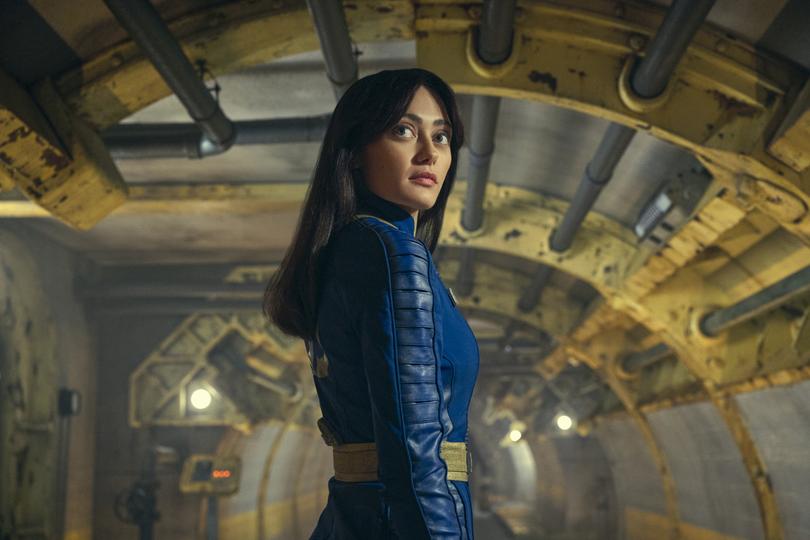
Netflix is, by far, the market leader with 6.2 million subscribers, according to Telsyte, followed by Prime with 4.8 million and Disney with 3.1 million. None of the international streamers release local breakdowns of subscriber numbers, so only third-party figures are available.
While customers have long waited for consolidation so they’re not forking out fees for more and more subscriptions (Australian households have on average 3.7 subscriptions, said Telsyte), the trend is still going the other way.
By mid-2025, Warner Bros is expected to launch Max, its direct-to-consumer streaming platform, in Australia, which will shift HBO shows off Binge and Foxtel onto yet another service.
In that context, the “hub” approach has been designed to mimic the simplification and consolidation customers want.
Prime is not the first to go down this path. Fetch has been active in Australia for years, while Apple TV pucks have apps for most streamers (although Netflix is not in its universal search or centralised “up next” features). Foxtel’s Hubbl devices was also introduced with exactly this in mind.
Prime’s competitors have many more services than it does, but they have been doing it longer. And Prime doesn’t intend to withdraw its presence from its rivals - at least not yet. Wherever anyone is paying, it’ll be there.
It’s not “real” consolidation, but hubs are the new contested spaces in streaming. It’s the new normal.

